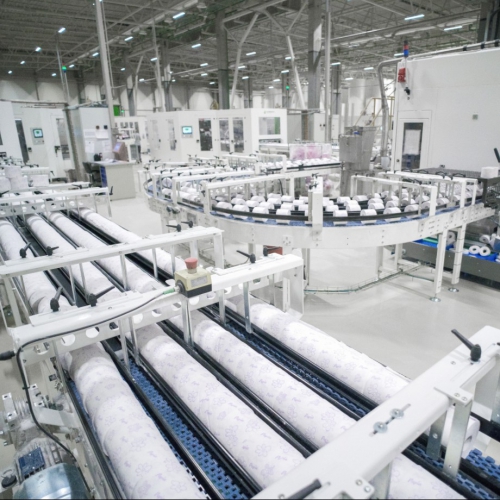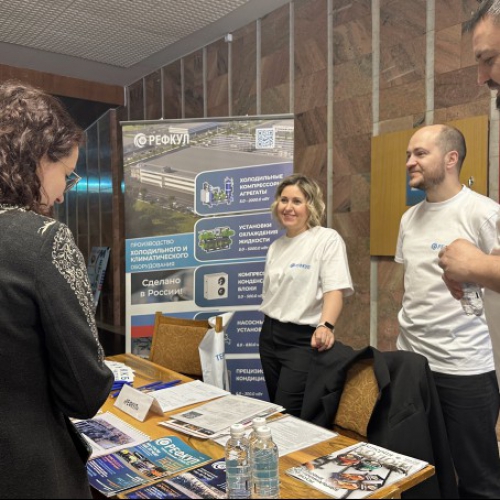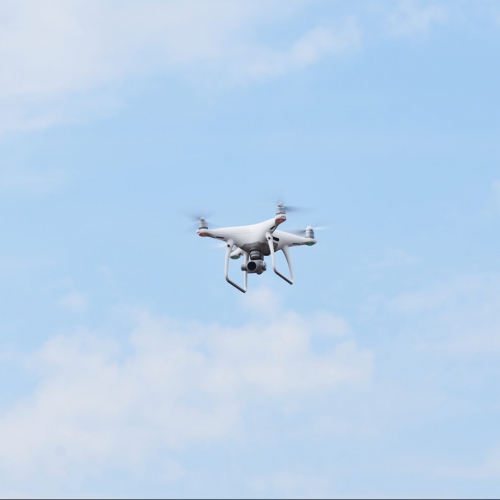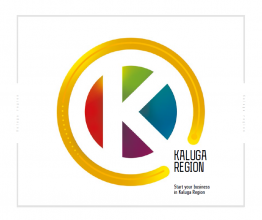News
Kaluga Automotive Plants Personnel Will Not Remain Unemployed
On March 26, 2015 the central office of Sberbank in Kaluga hosted a business breakfast, which was attended by Alexey Laptev, First Deputy Governor of Kaluga Region, Sergey Lukian, the head of Sberbank Kaluga branch, and journalists. The attendees discussed the current situation in the Kaluga automotive cluster, Kaluga Region budget and prospects for 2015.
At the very beginning of the meeting an acute question was raised concerning the future of the Kaluga automotive cluster facing a drastic decline in demand for new cars. The journalists also expressed concerns about possible unemployment among the automotive industry plants’ personnel. Alexey Laptev said that Volkswagen had taken a decision not to prolong temporary employment agreements with 150 employees. But this does not mean that these people will become unemployed.
Alexey Laptev noted: “Firstly, a new logistics facility is to be commissioned in Chekhov, Moscow Region. This will require 280 employees. Kaluga plant personnel received relevant proposals to move to Chekhov. Naturally, not all of them will like to move. If a company dismisses an employee, it makes a severance payment which equals 6 salaries of the employee. Thus, these people will have time to find a new job. Secondly, a new engine plant is to be commissioned in Kaluga. It will employ 300 people. Today 140 future employees undergo a training program in Germany. Apart from that 14 new production facilities are to be commissioned in Kaluga Region in 2015. 3,500 new jobs will be created. I am absolutely positive that the unemployment problem will be resolved. Highly qualified personnel working in the automotive industry may be also employed in other industries as well, for instance, in pharmaceutical industry, or defense industry, which does not face any shortage in orders”.
When answering to a question regarding the situation in the automotive industry Sergey Lukian said that the government planned to launch a concessional lending program to promote car sales. Initially the government will assign RUR 1.5 billion to finance the program and will compensate 70% of the Central Bank key interest rate (currently – 14%) to the banks. In general RUR 25 billion will be spent by the government to support the automotive industry. This includes demand promotion programs and the car allowance rebate program.
Some journalists expressed concerns that some automotive companies might exit the Russian market. Alexey Laptev decisively answered that the Russian market was still a top priority market for such companies and none of them planned to shut down their production facilities in Kaluga Region.
Alexey Laptev said: “Anatoly Artamonov, Kaluga Region Governor, held meetings with directors of all OEM manufacturers operating in Kaluga Region, namely Volkswagen, Volvo and PSMA Rus. All of them said that they would not shut down their plants. Furthermore, they would start producing new car models”.
The list of highly promising projects includes a construction of a plant by the largest European food industry company (relevant negotiations are in progress). A food park, a special site within Vorsino industrial park, is being established.
Alexey Laptev said: “The industrial park has a large sanitary protection zone and we plan to build food industry plants there. Apart from that, Freight Village, a logistics center, is located nearby. Thus the companies will be able to deliver their products not only to Kaluga Region but to Moscow as well”.
The attendees also discussed the Kaluga Region budget for 2015. The budget in this year will still be socially oriented. Social programs account for 60% of all budget expenditures. Budget cuts will be achieved through decreasing civil servants’ wages and replacement of bank loans by budget loans. Speaking of the current situation Alexey Laptev said that it would not be necessary to postpone the implementation of any projects. However, in case of a pessimistic assessment comes true certain construction programs will have to be implemented in 2016.

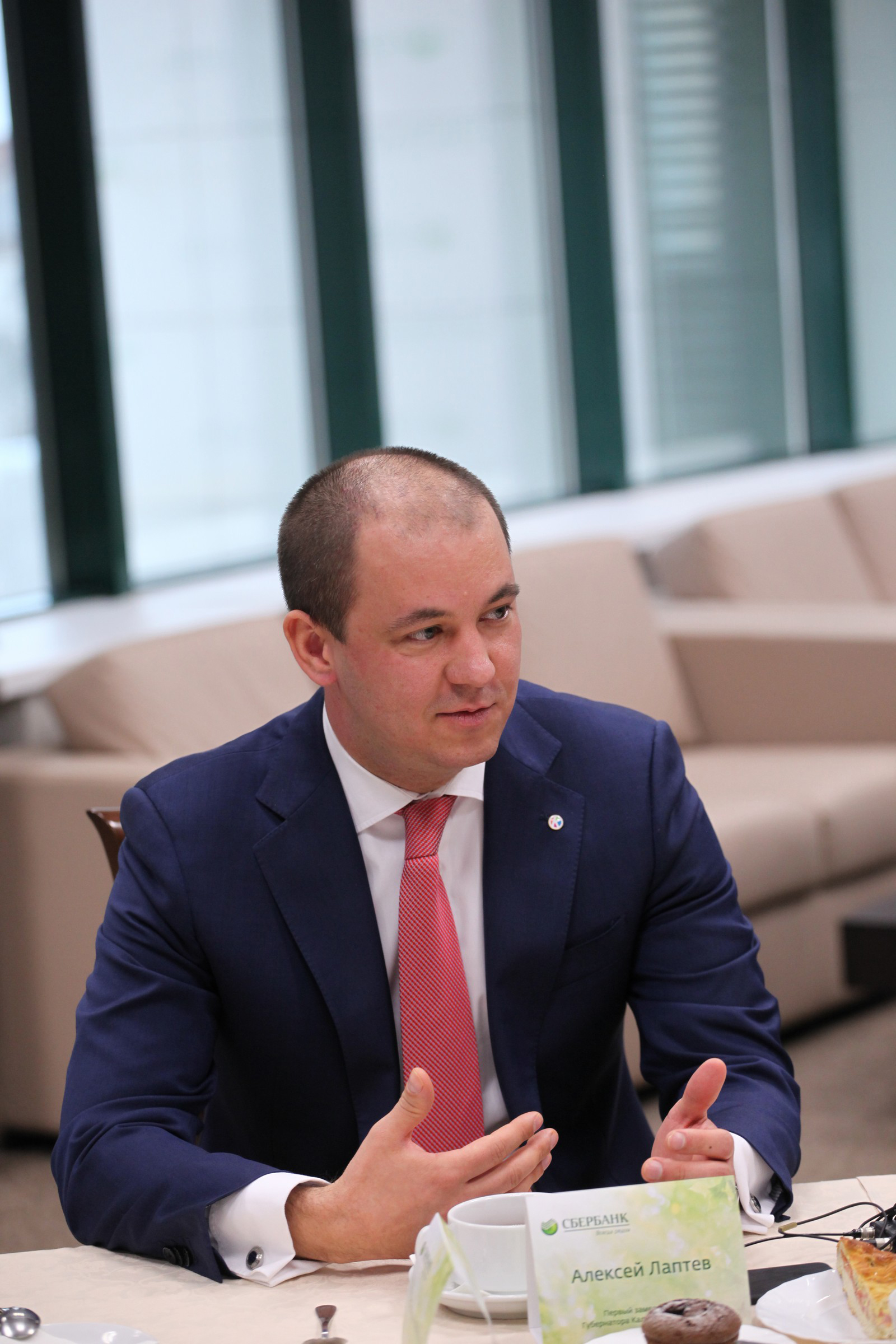
26.03.2015
Share in
Other news
Production placement application
Establishment of industrial parks with high quality sites with all relevant utilities for new plants construction ensures well-balanced distribution of industrial facilities throughout the region with due consideration of transport, utilities and social infrastructure development and future labor resources development.
If you are interested in placement of a production facility at an investment site, please fill in the online application form.
Thank you!
You successfully subscribed to news digest
Thank you!
Your message has been sent.
error
Error!

